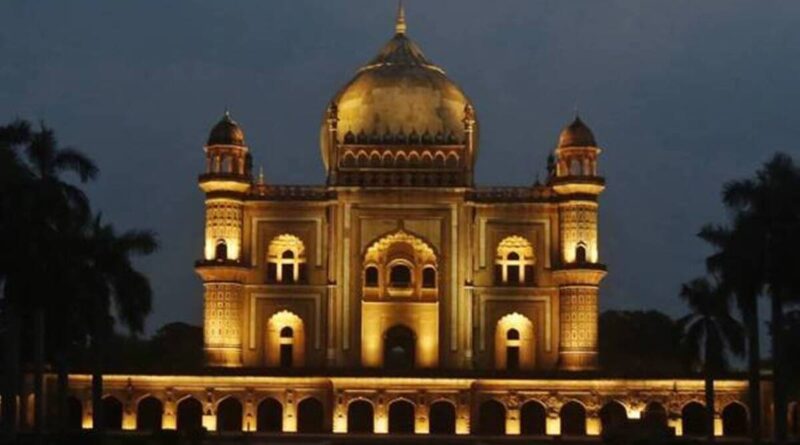Insane rains, unpredictable weather and uncertainty at all times. That’s not just the current climate of emotions in the eyes of those who haven’t yet quite come to the terms with the fact that Virat Kohli is no longer going to captain India in the T20 Internationals.
As a matter of fact, this is the condition of the city from where one of the finest batsmen in the game hails from. New Delhi with old world values that remind one of the charm the city still carries. Though some would say that very Delhi, which often struggles to breathe, not because it is a ‘gas chamber’ as some call it, but a city that ends up wearing a facade its denizens lend it.
Some that deck it up with the fluff and the power of glib, others that are quick to move towards reticence, opting with the less. Since less is more, as they say, and you gotta believe, those people do exist in the city where the discussion that Sainik Farms is the place to reside also runs in parallel to the parathe-waali gali, in old Delhi.
Yet, what matters most, and certainly does to both contrasting Delhi’s that reside in the body of one city is a monument that still hasn’t changed its DNA. It still accepts visitors without asking their religious background or cultural leaning.
The Safdarjung Tomb.
And truth be told, nothing’s right as such about the Safdarjung Tomb, a truly beautiful monument in whose ebb sit plenty of stories and heartening tales, a place that has seen generations change, and around it, a culture of the city itself.
That being said, to what extent has one of the most widely photographed and frequently visited historical monuments suffered in the recent times in Delhi?
Here’s what you need to know! We picked some excerpts from a recent report published on The Indian Express that explains clearly that it’s about time to do something about a monument we so love and deeply admire, one that truly captures the colorful and accepting essence of Delhi!
Earlier this week, Dalrymple had claimed on Twitter that portions of the roof of the 14th-century Begumpur Masjid have collapsed recently due to rain. But the ASI shared visual evidence from the 1980s to show that the roof was damaged even then.
On being asked about the extent of damages, an ASI spokesperson said, “We are aware of the damages and are preparing a detailed plan for repairs as per our team’s assessment. It will start within a week.”
The marble structure, which was built for Nawab Safdarjung in 1754 in the late Mughal Empire, is one of the 174 ASI-protected monuments in Delhi.
The ASI added that repair and conservation work at the monument was already on in 2019-20 but they had to stop owing to the Covid-induced lockdown.
During the lockdown, the conservation and maintenance work at several ASI monuments suffered owing to “restrictions and labour crunch”. The recent rains have added to the agency’s woes and they plan to restart their conservation schedule at various monuments across the capital, the official added.


